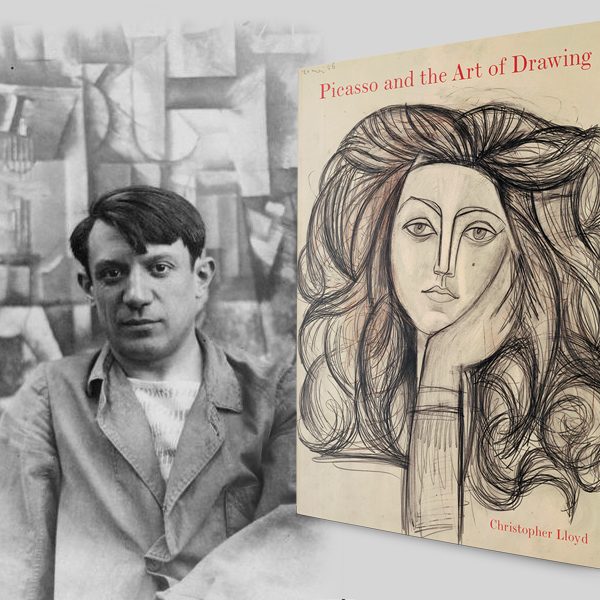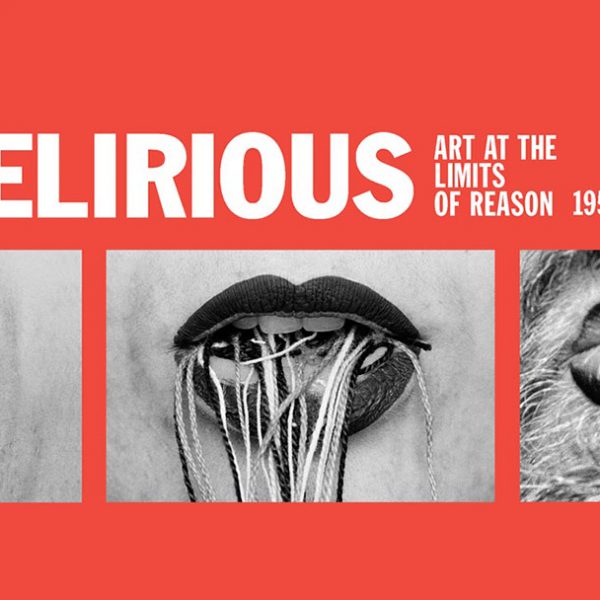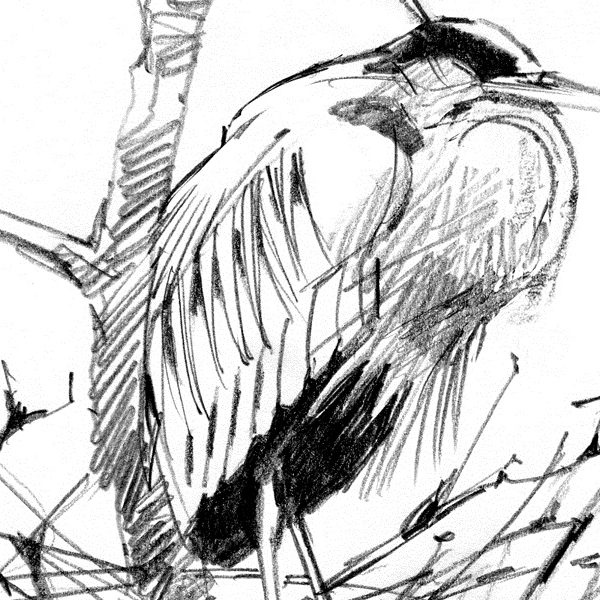Shape Up: Understanding Cubism with Picasso and Braque
 “I continue to enjoy looking at Cubist pictures as much as I ever did, but I have come increasingly to realize that I do not really understand them, and I am not sure that anyone else does either,” wrote art historian John Golding in 1959. Considering that comes from Cubism: A History and an Analysis, it would be a little astonishing if those studying Cubism were to read Golding’s statement without feeling overwhelmed—or perhaps like hiding under their desks for a long, long time. As Eik Kahng notes in Picasso and Braque: The Cubist Experiment, 1910-1912, one of the most common themes of Analytic Cubist analysis is that works from this movement are outrageously difficult to understand, even for specialists. Picasso and Braque, an exhibition which leaves the Kimbell Art Museum this week and travels to the Santa Barbara Museum of Art, assuages the problem by comparing similar works by two of Analytic Cubism’s most famous artists.
“I continue to enjoy looking at Cubist pictures as much as I ever did, but I have come increasingly to realize that I do not really understand them, and I am not sure that anyone else does either,” wrote art historian John Golding in 1959. Considering that comes from Cubism: A History and an Analysis, it would be a little astonishing if those studying Cubism were to read Golding’s statement without feeling overwhelmed—or perhaps like hiding under their desks for a long, long time. As Eik Kahng notes in Picasso and Braque: The Cubist Experiment, 1910-1912, one of the most common themes of Analytic Cubist analysis is that works from this movement are outrageously difficult to understand, even for specialists. Picasso and Braque, an exhibition which leaves the Kimbell Art Museum this week and travels to the Santa Barbara Museum of Art, assuages the problem by comparing similar works by two of Analytic Cubism’s most famous artists.
Although both artists produced Cubist work in the years before and after 1910-1912, it was during these two years that they engaged in an “artistic dialogue” that resulted in paintings and prints still capable of challenging the art community. One glance at the abstract, geometrically-inspired work tells the viewer the work is groundbreaking. Yet one of the reasons they are credited with inventing the art of Cubism is less obvious. Although they used established painting techniques and materials, they combined them in new ways. For example, they used traditional preparatory charcoal drawings, and they borrowed Cézanne’s passage technique and Signac’s loaded brush-dabbing style. In their actual finished works, however, they painted with opaque pigments rather than with glazes and varnishes. By mixing other pigments with white, they could create blended and gradated tints to create “illusionistic painting,” a style that had previously required the glazes. In 1912, they also began experimenting with industrial materials: Picasso used an enamel house paint, the results of which astonished and impressed Braque. Picasso remained a traditionalist in at least one sense: his opinion on framing was decidedly old-fashioned. About a collection of paintings he and Braque created while working together, he instructed: “Don’t put black frames on these paintings; they must have gold.”



